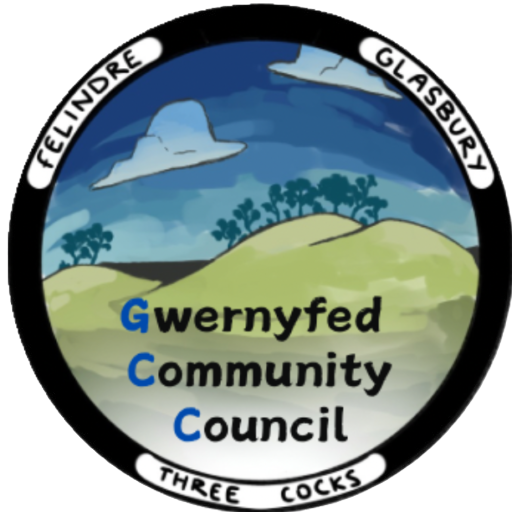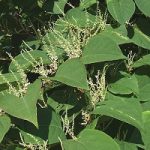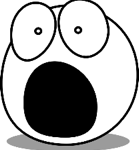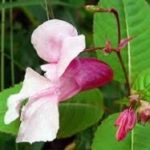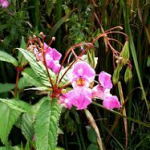Invasive Weeds
Do you have these plants in your garden?
Can you see them on the verges or in hedges near where you live?
These plants are Japanese Knotweed and Himalayan Balsam, and are non-native invasive species that have become established throughout Wales. They aggressively colonise large areas of the country, out-competing our native species, and, in the case of Japanese Knotweed, causing massive structural damage to buildings.
Japanese Knotweed – did you know…..
- The widespread colonies of Japanese Knotweed that we now see throughout the country are clones of a single female plant that was imported almost two hundred years ago.
- Victorian plantsmen enthusiastically recommended it to be planted in town and country gardens.
- It is such a pest that it is classified as controlled waste and it is illegal to transport material from a live plant on the public highway, in case fragments are dispersed along the route.
- It can be spread by minute fragments of root being trodden from one area of ground to another – a single gram of root is enough to establish a new colony.
- It spreads rapidly underground, where its roots can cause structural damage to buildings, roads and sewers.
- It is notoriously difficult to eradicate, and de-infestation can take many years.
If you know a place locally where it is growing please report it to us, using the contact form on the home page of this website, or click here.
And the Himayalan Balsam…..
- Introduced as a garden plant in in the 1830’s it wasted no time in escaping the confines of the gardens in which it was planted, proceeding to colonise riverbanks and ditches throughout the country.
- It has become naturalised along large stretches of the River Wye, including large established infestations in our area.
- It is fast-growing and spreads quickly, invading wet habitat at the expense of native flowers.
- It spreads by explosive seed pods depositing seeds into the river to be carried downstream.
And lastly, the mighty Giant Hogweed
The name really does reflect the giant nature of this plant. A member of the parsley family, it’s stems reach up to 5 metres to its flowerhead. It, too, outcompetes native species, contributing to habitat loss and thereby reducing biodiversity.
- Giant hogweed is native to the Caucases and Central Asia, and was introduced into the UK as an ornamental plant by Victorian plantsmen in the 19th Century.
- The umbrella-shaped flower head is up to 80cm across and white or occasionally pinkish. Mature stems are hollow, 5-10cm diameter and blotched with purple.
- It spreads through fantastically efficient seed dispersal – one flowerhead produces up to 10,000 seeds which remain viable for several years.
- It spreads quickly downstream and slowly upstream. Most effective eradication targets upstream areas to prevent seed dispersal downstream.
- Contact with the sap causes severe blistering of the skin. Inflammation of the skin occurs when it is exposed to sunlight, initially becoming red and itchy, with the blisters forming up to 48 hours after contact. The blisters recur seasonally, even many years after exposure.
The Wye and Usk Foundation is actively seeking to offer expertise, support and guidance to anyone wishing to help clear the banks of our rivers and streams of these weeds. Click here for more information.
The Royal Horticultural Society has further information about these plants and how to control them, click here to read it.
The Welsh Government has recently updated it’s guidance on harmful weeds and invasive non-native species, Click here to read it.
